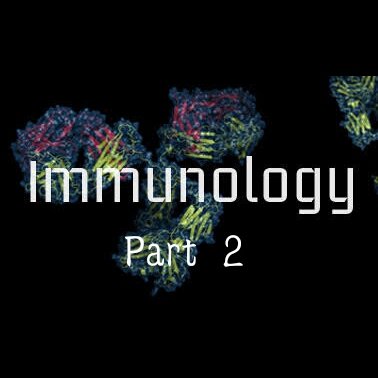IMMUNOLOGY: HOW THE BODY DEFENDS ITSELF AGAINST HELMINTH INFECTION

In Pathogenesis of Helminth Infections Helminth parasites damage the body through various mechanisms that are categorised into; a. Damage mechanisms associated with direct activities of worms in the body, and b. Damage mechanisms associated with host immune response to the infecting worms. With respect to direct damage associated with the activities of worms in the body, some large helminth worms like Taenia solium and Ascaris lumbricoides in the process of their growth and development inside the lumen of an infected organ or tissue block the lumen of the organ to orchestrate flow obstruction of fluid through it. Examples of these lumenal blockage in tissues or organs and their respective pathophysiologica consequences or implications are as follow;
Firstly, blockage of intestinal lumen by Ascaris lumbricoides impede nutrient flow through the intestinal tract and nutrient absorption into hepatic portal vein such that the accumulated nutrients are primed for microbial decomposition by intestinal microflora for diarrhoea development.
.jpg)
source
Secondly, the blockage of the lumen of hepatic blood vessels and capillaries by proglottides of growing tapeworm impedes the flow of blood through the hepatic tissues leading to the development of pathological conditions in liver as a basis of its malfunctioning.
Thirdly, blockage of the lymph nodes of the lymphatic system by some growth stages of some helminth parasites obstructs the flow of lymph fluid such that there is fluid accumulation or retention in the affected tissue in the form of edema. Another direct damage associated with the activities of helminth parasites in the body is lumenal blockage by granuloma.
Helminth parasites upon being established as infections in the lumen of certain body tracts are recognised as antigens and thus illicit the recruitment of macrophages. But by virtue of the fact that helminth parasites are larger than macrophages, the recruited macrophages are not able to effectively engulf the helminth parasites for phagocytosis. In fact, in the praocess of attempted phagocytosis, the macrophages are overwhelmed to fuse and form giant multinucleated cell bodies or nodules called granuloma. Granuloma are large enough to block the lumen of the organ in which they have been formed. Such is the case of Schitosomial egg-orchestrated granuloma formation in bile duct which obstructs bile secretion into intestinal tract for lipid emulsification and bilirubin evacuation such that there is thus an impairment of lipid digestion as well as bilirubin retention in the blood for jaundice development.
Really good post mate! Great work. If you're posting about anything medicine related feel free to get involved with steemstem!
thanks bro
I really like this post fealtykema! keep up the good work!
Thanks alot